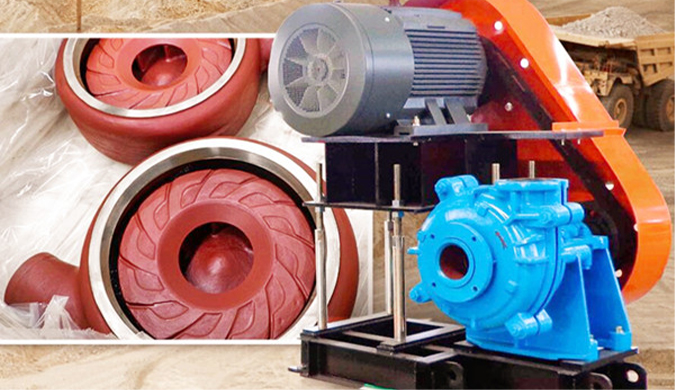English
- Afrikaans
- Albanian
- Amharic
- Arabic
- Armenian
- Azerbaijani
- Basque
- Belarusian
- Bengali
- Bosnian
- Bulgarian
- Catalan
- Cebuano
- Corsican
- Croatian
- Czech
- Danish
- Dutch
- English
- Esperanto
- Estonian
- Finnish
- French
- Frisian
- Galician
- Georgian
- German
- Greek
- Gujarati
- Haitian Creole
- hausa
- hawaiian
- Hebrew
- Hindi
- Miao
- Hungarian
- Icelandic
- igbo
- Indonesian
- irish
- Italian
- Japanese
- Javanese
- Kannada
- kazakh
- Khmer
- Rwandese
- Korean
- Kurdish
- Kyrgyz
- Lao
- Latin
- Latvian
- Lithuanian
- Luxembourgish
- Macedonian
- Malgashi
- Malay
- Malayalam
- Maltese
- Maori
- Marathi
- Mongolian
- Myanmar
- Nepali
- Norwegian
- Norwegian
- Occitan
- Pashto
- Persian
- Polish
- Portuguese
- Punjabi
- Romanian
- Russian
- Samoan
- Scottish Gaelic
- Serbian
- Sesotho
- Shona
- Sindhi
- Sinhala
- Slovak
- Slovenian
- Somali
- Spanish
- Sundanese
- Swahili
- Swedish
- Tagalog
- Tajik
- Tamil
- Tatar
- Telugu
- Thai
- Turkish
- Turkmen
- Ukrainian
- Urdu
- Uighur
- Uzbek
- Vietnamese
- Welsh
- Bantu
- Yiddish
- Yoruba
- Zulu
Telephone: +86 13120555503
Email: frank@cypump.com
Sep . 19, 2024 05:35 Back to list
septic tank pump system
Understanding the Septic Tank Pump System
A septic tank pump system is an essential component of many rural and suburban wastewater management solutions. Unlike municipal sewage systems, which transport waste to a central treatment facility, septic systems treat and dispose of wastewater on-site. These systems comprise several components the septic tank, drain field, and in certain cases, a pump. Understanding how these elements work together helps homeowners maintain their systems effectively.
The septic tank is an underground structure, typically made of concrete or plastic, that collects and treats wastewater from household plumbing. Once the waste enters the tank, it undergoes a separation process. Solids settle to the bottom, forming a sludge layer, while lighter materials like grease float to the top, creating a scum layer. The liquid effluent remains in the middle and is gradually released into the drain field for further treatment by the soil.
In situations where the land is not naturally conducive to drainage, or when the tank is located lower than the drain field, a pump becomes necessary
. A septic tank pump system ensures that the wastewater is transported from the tank to the drain field efficiently. There are various types of pumps used in septic systems, including effluent pumps, grinder pumps, and aerator pumps, each designed for specific purposes and operational requirements.septic tank pump system

Effluent pumps are widely used to move the partially treated wastewater from the septic tank to the drain field. Grinder pumps, on the other hand, are ideal for breaking down solid waste before it enters the drainage system, particularly in homes with lower elevations. Aerator pumps inject air into the septic tank, promoting aerobic bacteria that further break down waste, enhancing the treatment process.
Maintaining a septic tank pump system is crucial for its longevity and proper functioning. Regular inspections and pump-outs (typically every three to five years) help prevent clogs and backups. Homeowners should also be cautious about what they flush down the drain; excessive non-biodegradable materials can burden the system and lead to costly repairs.
In conclusion, a septic tank pump system plays a vital role in managing wastewater for many homes. By understanding its components and functions, homeowners can take proactive measures to ensure their system operates smoothly. Regular maintenance and responsible usage are key to preventing issues and extending the life of the system, ultimately contributing to a cleaner and healthier environment.
-
ISG Series Pipeline Pump - Chi Yuan Pumps | High Efficiency, Durable Design
NewsAug.01,2025
-
Advanced Flue Gas Desulfurization Pump with GPT-4 Turbo | Durable & Efficient
NewsJul.31,2025
-
ISG Series Vertical Pipeline Pump - Chi Yuan Pumps | Advanced Hydraulic Design&Durable Construction
NewsJul.31,2025
-
ISG Series Vertical Pipeline Pump - Chi Yuan Pumps | Energy Efficient & Low Noise
NewsJul.31,2025
-
pipeline pump - Chi Yuan Pumps Co., LTD.|High Efficiency&Low Noise
NewsJul.31,2025
-
ISG Series Vertical Pipeline Pump - Chi Yuan Pumps Co., LTD.|High Efficiency, Energy Saving, Low Noise
NewsJul.30,2025










